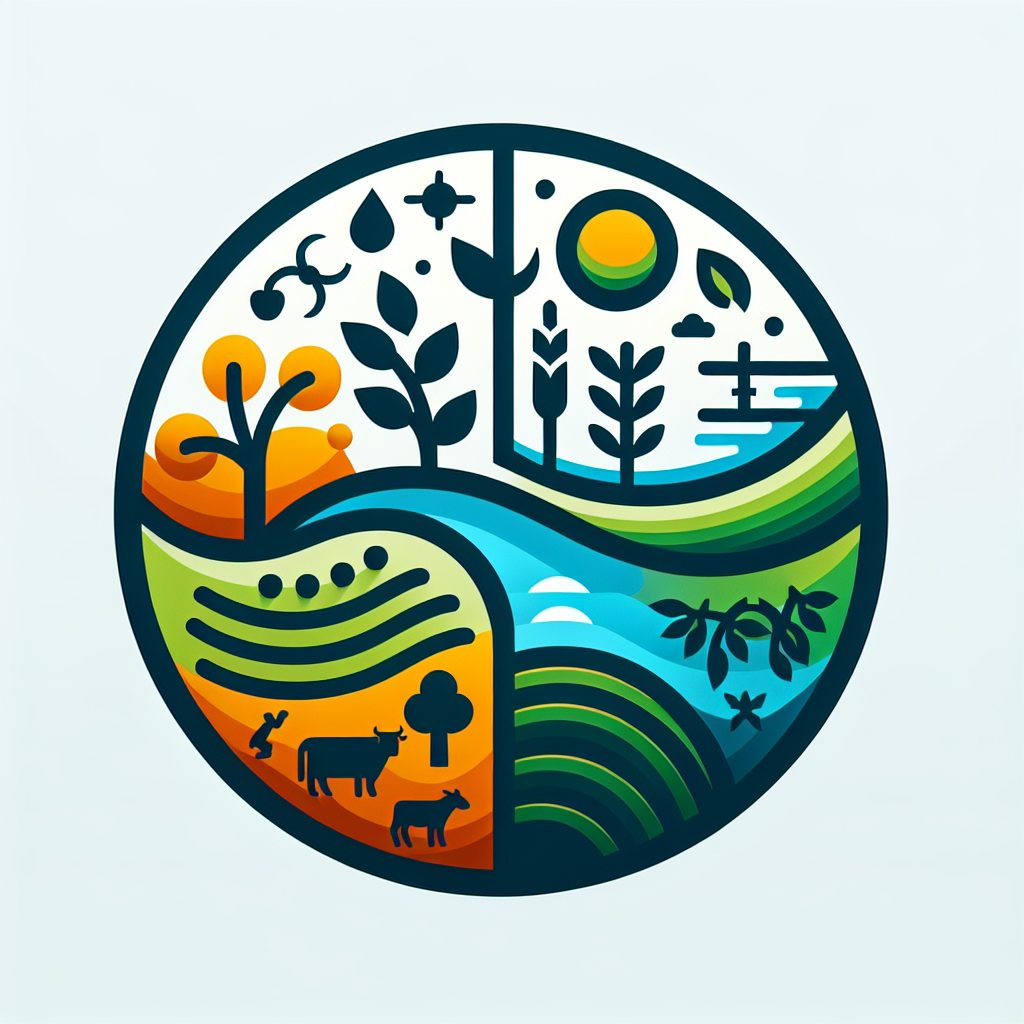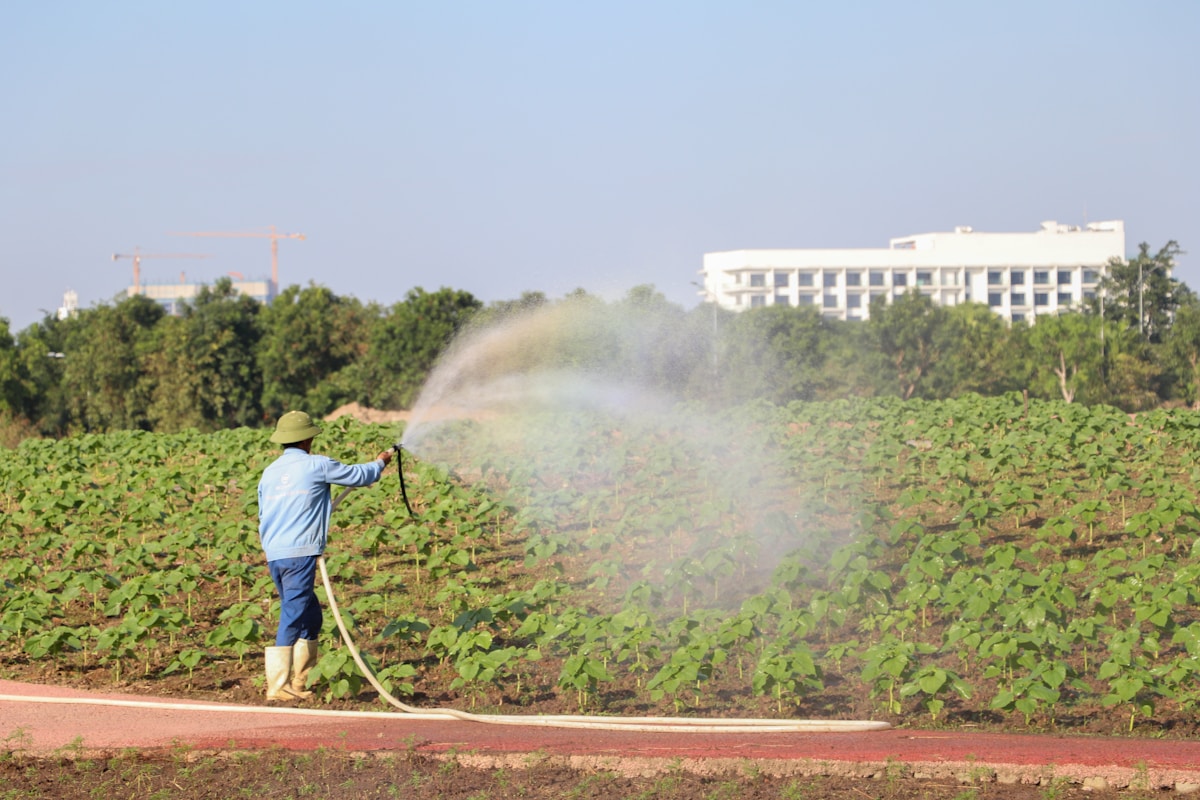Introduction to Smart Irrigation
In the face of climate change and increasing water scarcity, smart irrigation techniques have emerged as a vital solution for sustainable farming. These innovative systems not only conserve water but also enhance crop yield, ensuring that agriculture can thrive in a challenging environment. This article delves into various smart irrigation technologies, their benefits, and how they can be effectively implemented in farming practices.
What is Smart Irrigation?
Smart irrigation refers to the use of advanced technologies to optimize the watering of crops. By utilizing data and automation, these systems aim to deliver the right amount of water at the right time, reducing waste and improving efficiency. Key components of smart irrigation include:
- Soil Moisture Sensors: Devices that monitor the moisture level in the soil, providing real-time data to inform irrigation schedules.
- Weather Forecasting: Integrating weather data to adjust irrigation based on rainfall predictions and temperature changes.
- Automated Irrigation Systems: Systems that can be programmed to water crops automatically based on sensor data.
- Drip Irrigation: A targeted watering method that delivers water directly to the plant’s roots, minimizing evaporation and runoff.
Benefits of Smart Irrigation Systems
Implementing smart irrigation techniques offers a multitude of advantages for farmers and the environment alike:
Water Conservation
- Reduces water waste by providing precise irrigation based on actual plant needs.
- Helps in maintaining groundwater levels by minimizing over-irrigation.
- Decreases dependency on traditional water sources, which may be limited or contaminated.
Enhanced Crop Yield
- Ensures optimal moisture levels, leading to healthier plants and improved yields.
- Reduces stress on crops during dry spells, allowing for more consistent growth.
- Facilitates better nutrient uptake by maintaining balanced soil moisture.
Cost Efficiency
- Lower water bills due to reduced consumption.
- Minimized labor costs as automated systems require less manual intervention.
- Long-term savings on crop production costs through improved efficiency.
Types of Smart Irrigation Technologies
There are several types of smart irrigation technologies that farmers can choose from, each with its unique features and benefits:
1. Drip Irrigation Systems
Drip irrigation is one of the most efficient methods of watering crops. It delivers water directly to the root zone through a network of tubing and emitters. Benefits include:
- Minimized evaporation and runoff.
- Reduced weed growth due to targeted watering.
- Ability to apply fertilizers and nutrients through the system, known as fertigation.
2. Smart Sprinkler Systems
These systems use weather data and soil moisture levels to adjust watering schedules automatically. Key features include:
- Rain sensors that prevent irrigation during wet conditions.
- Programmable controllers that can be accessed remotely via smartphone apps.
- Zone control to manage different areas of a farm with varying water needs.
3. Soil Moisture Sensors
Soil moisture sensors provide critical data on the moisture levels in the soil. They help farmers to:
- Make informed decisions about when to irrigate.
- Prevent over-watering, which can lead to root rot and other issues.
- Save water by only irrigating when necessary.
4. Weather-Based Irrigation Controllers
These controllers adjust irrigation schedules based on real-time weather data. Benefits include:
- Automatic adjustments for rainfall and temperature changes.
- Improved efficiency by avoiding unnecessary watering.
- Integration with local weather stations for accurate data.
Implementing Smart Irrigation Techniques
To successfully implement smart irrigation techniques, farmers should consider the following steps:
1. Assess Water Needs
Understand the specific water requirements of the crops you are growing. This involves:
- Evaluating soil type and its water retention capacity.
- Identifying crop growth stages and their respective water needs.
2. Choose the Right Technology
Select the smart irrigation technology that best fits your farming operation. Consider:
- The size of your farm.
- Your budget and available resources.
- The specific crops being cultivated.
3. Monitor and Adjust
Once implemented, continuously monitor the system’s performance and make necessary adjustments. This may involve:
- Regularly checking sensor data and irrigation schedules.
- Adjusting watering times based on seasonal changes.
Conclusion
Smart irrigation techniques represent a significant advancement in sustainable farming practices. By conserving water and enhancing crop yield, these systems not only benefit farmers but also contribute to environmental sustainability. As technology continues to evolve, embracing smart irrigation will be essential for the future of agriculture. Implementing these innovative systems can lead to more efficient, productive, and sustainable farming practices worldwide.

